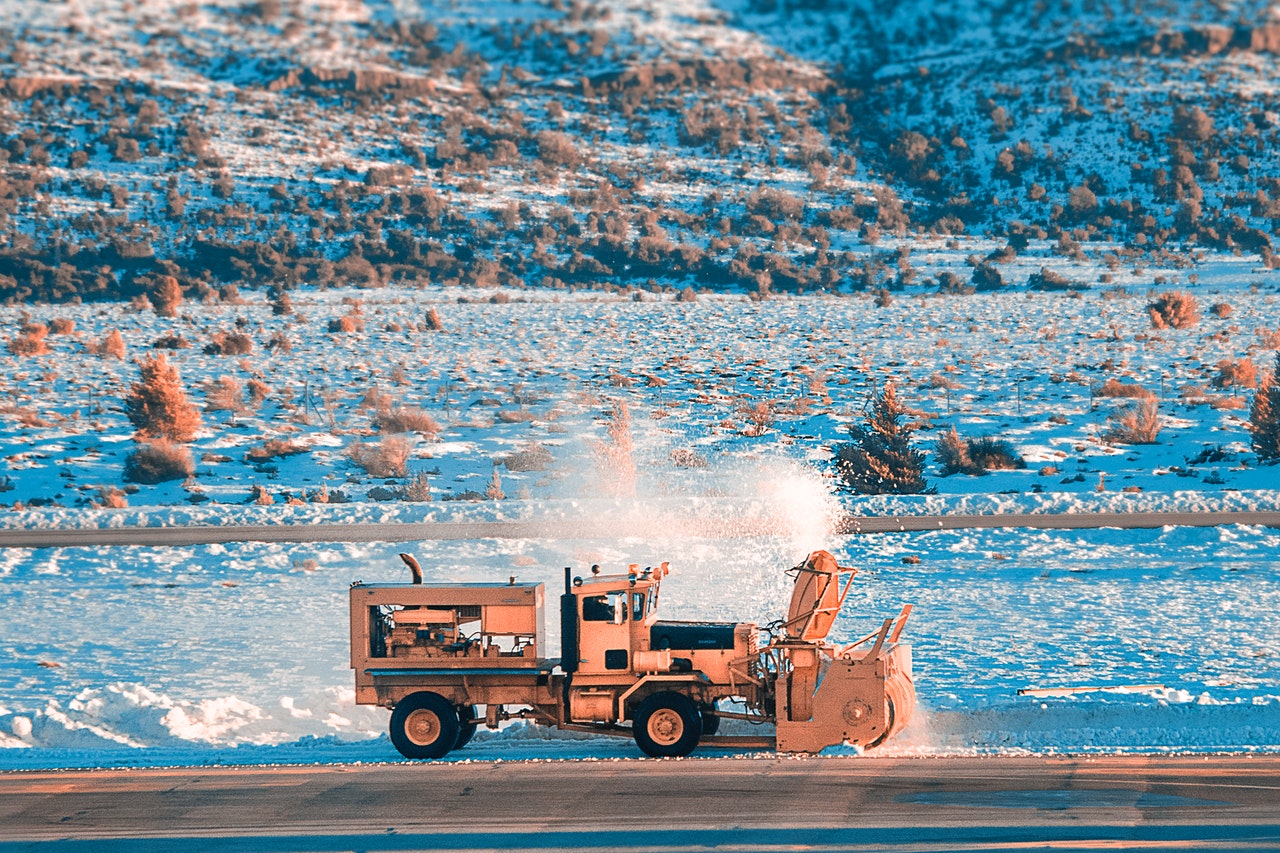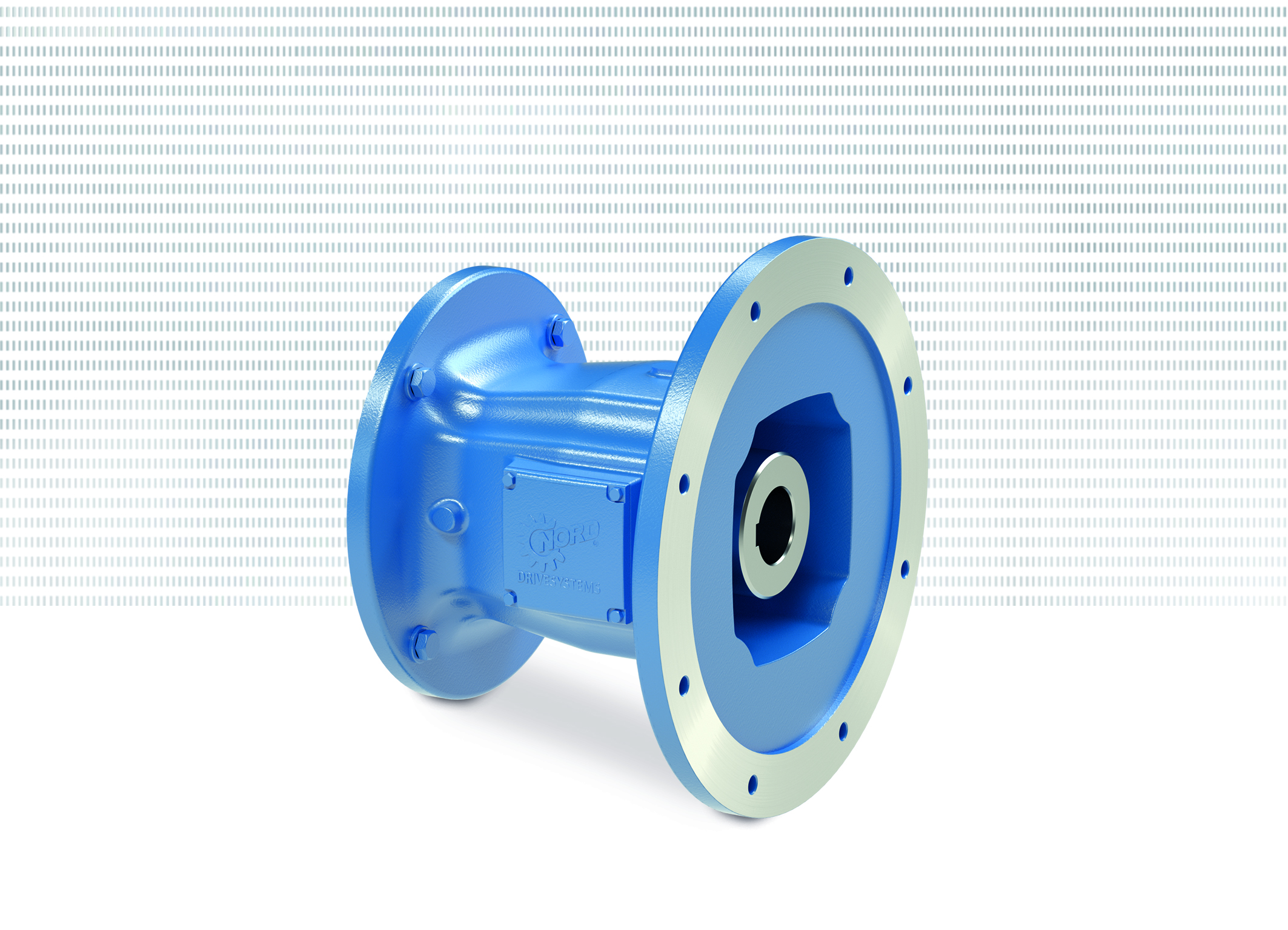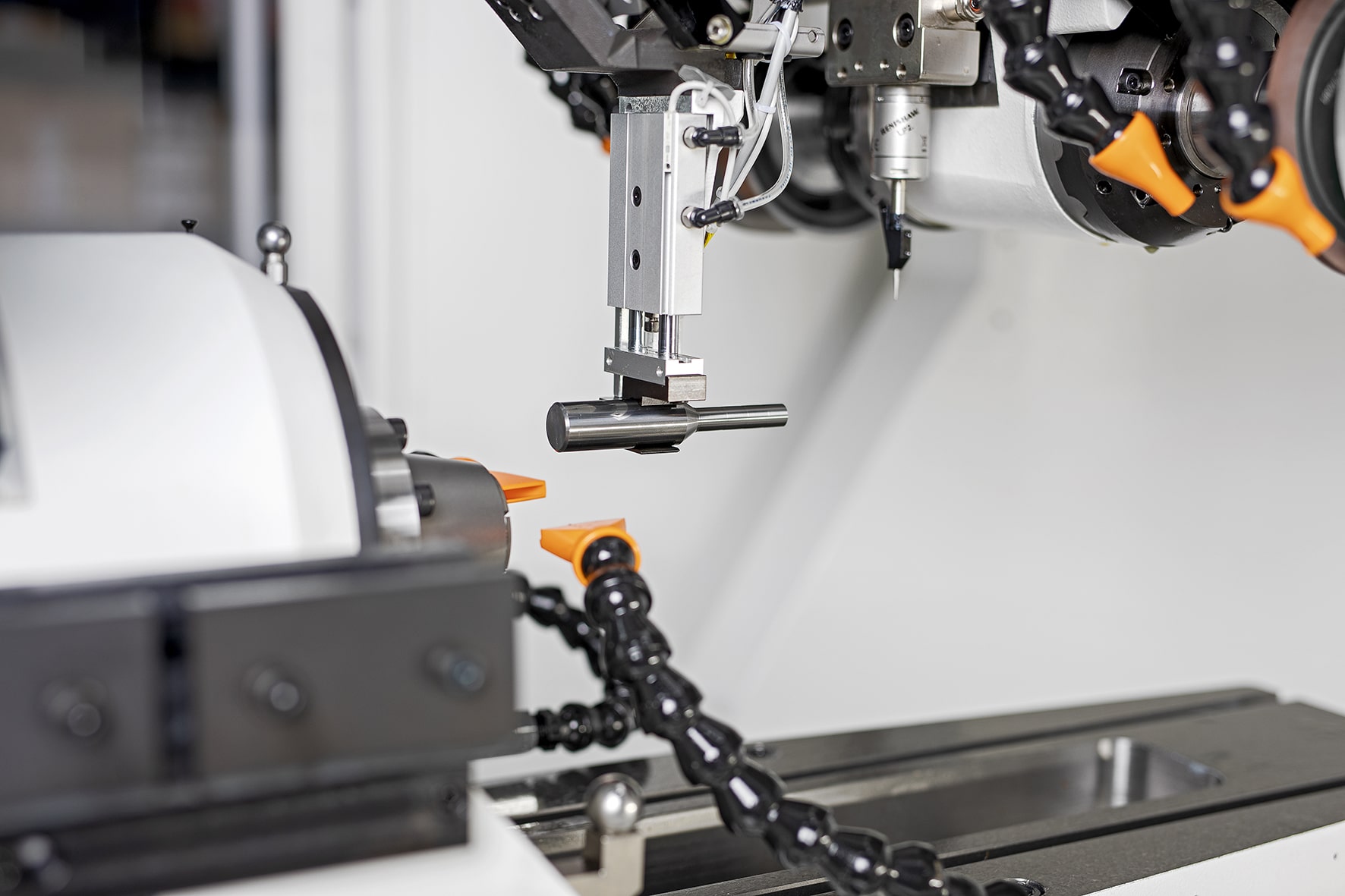What It Means to Winterize Equipment

Winterize Equipment and How You Can Start Preparing
It’s hard to overstate the importance of proper equipment maintenance. Unexpected breakdowns can be costly, incurring both expenses from repairs and lost productivity. You need to do all you can to prevent these malfunctions, and in areas with cold winters, that means winterizing your equipment.
The recent power outages across Texas highlight how crucial winterizing can be. When a winter storm hit the state’s non-winterized power grid, millions of residents lost power. While this example is extreme, it demonstrates how destructive winter weather can be.
What Does It Mean to Winterize Equipment?
Winterization, in its most basic form, is preparing equipment for winter. Weather conditions shift between every season, bringing new maintenance concerns, but winter is often especially tough on machinery. A lot of outdoor equipment like lawnmowers and tractors don’t see use in the winter, either, raising more maintenance concerns.
When you winterize your equipment, you ensure it will withstand extreme conditions or extended periods without use. If you don’t prepare machinery properly, it can freeze, corrode, or otherwise deteriorate, incurring significant costs in the long run.
What this looks like in practice can vary depending on the type of machinery. Gas-powered, diesel-powered, and electric equipment all have different winterization concerns. Similarly, two-stroke and four-stroke engines require distinct approaches.
How Do You Winterize Equipment?
Not every piece of equipment in every area will need winterization. Anything that runs in climate-controlled indoor environments is likely fine as long as the building itself is winterized. If you have anything you’ll use outdoors or store for most of the season, though, you should prepare it for the winter.
As mentioned earlier, every machine will have different winterization needs, but there are overall concepts to remember. Here’s an overview.
Clean Everything
The first step to winterizing anything is to clean it. Outdoor equipment tends to accumulate mud and grass, which can be destructive if you let it sit. Plant debris draws and holds moisture, which can cause metal parts to rust after enough time.
Cleaning your equipment will also help deter pests, who may flock to it during the cold winter months. As it gets colder, you may not be able to wash everything with water, as it could freeze. Remember to do this early. Compressed air can help remove dust and other debris without water if that becomes a concern.
For more intense buildup, you can use a putty knife to scrape the surface clean. Going over everything afterward with a wire brush will help ensure you remove any persistent debris.
Check and Change Fluids
Next, you should address all the fluids your equipment may use. One of the most important fluids to consider is engine coolant, as it will help ensure your engine doesn’t freeze. The standard 50-50 mix of coolant and water is fine for most people, but if you live in a colder area, consider using 70% coolant instead.
While you’re winterizing your equipment, take the opportunity to change your oil. This applies to both standard engine oil and any hydraulic systems your equipment has. If your hydraulic oil tank isn’t full, the fluid could condense in colder temperatures, leaving room for water to enter.
Remember to lubricate all moving metal parts, too, since they could seize up in the cold. Garage doors and other storage solutions should also receive this treatment.
Remove Fuel and Batteries
If you’re going to run your equipment in the winter, switch to a winter mix of gas or diesel. Winter blends have a lower cloud point, so they can withstand colder temperatures. If you plan on storing your machinery for the season, you’ll have to remove the fuel.
For most engines, start by adding some mid-grade fuel to the tank, but don’t fill it up entirely. Then, add a little bit of fuel stabilizer. You can treat 20 gallons of fuel with 8 ounces of stabilizer, so don’t add too much. After that, start the engine and let it idle until it’s out of gas.
The process for two-stroke engines is mostly the same, but you don’t need to change any oil beforehand. You may want to remove these with the choke open, though. Remember to change any air filters afterward. And for all engine types, spray fogging oil into the carburetor.
If you’re going to use electrical equipment in the winter, fully charge the batteries. If not, disconnect the batteries to prevent corrosion and drainage.
Store Equipment Safely
Finally, put your equipment away where it’s safe from the elements. Garages, warehouses, and storage units are all suitable as long as their doors and windows seal properly. You don’t need a climate-controlled storage area, but it should be at least somewhat insulated from the cold.
Cold temperatures won’t harm lithium-ion batteries, but you can keep them in a warm area just in case. Make sure all storage areas are dry to prevent freezing.
Keep Your Machinery Safe This Winter
Your equipment is likely a significant investment. Winterizing before storage or use in cold weather will help protect that investment. If you follow these steps, you can keep your machinery safe so that it functions perfectly when you use it again





